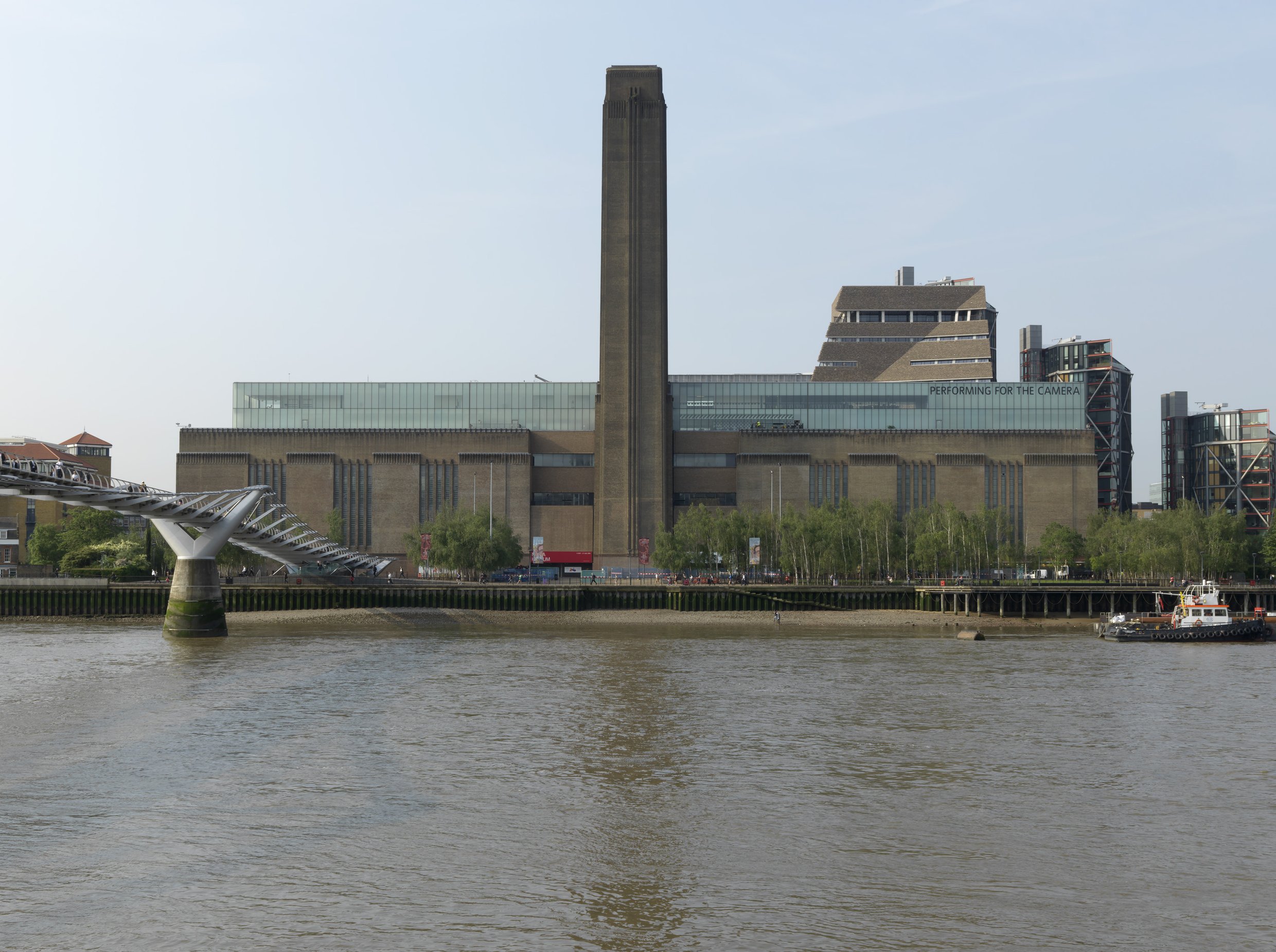Toolkit on Environmental Sustainability: TATE's Action Plan

The Toolkit on Environmental Sustainability in the Museum Practice presents examples of Action Plans including, Tate’s virtual courier principles and guidelines established in 2021, which aim altogether to encourage and serve as a reference for other museums to performing more sustainably. What are the most significant benefits for the environment that this new policy expected to bring?
Frances Morris: A significant proportion of our carbon footprint is generated through travel. Anything we can do to reduce the need to move around the world is therefore beneficial. Not only do these guidelines address this imperative in a practical way but they also suggest a methodology that we can develop. We have found that following these guidelines has really helped trust and collaboration and is helping us innovate in other areas of virtual activity. We have used digital technology to facilitate remote curatorial oversight of installations, conducted in depth studio visits, and delivered training modules at great distances.
To read the full interview with Frances Morris, please visit this page.
How can museums respond to climate emergency?
It is part of our mission to foster change and facilitate to our members the resources, tools, guides, and examples to reduce museums’ carbon footprint in the short, medium, and long term. CIMAM encourages its members to commit to implementing the necessary changes for achieving climate neutrality according to the United Nations’ Sustainable Development Goals (SDGs).
CIMAM's toolkit produced thanks to the contributions of CIMAM Board members 2020–22, aims to help contemporary art museum professionals start implementing the necessary changes to become carbon neutral.
CIMAM is pleased to share the example of Sustainability Action Plans developed by the Tate Modern:
- TATE. Tate’s virtual first courier policy both for loans from collection and loans to exhibitions. This document is intended to offer guidance for ways of working to facilitate a virtual process for overseeing the movement of an artwork on loan to Tate or lent from Tate’s Collection. The detail given here provides an overview and offers ways of working that are intended to be readily adaptable rather than offering instruction.
- Tate Courier: Principles and Guidelines
- Tate: Realising a virtual courier